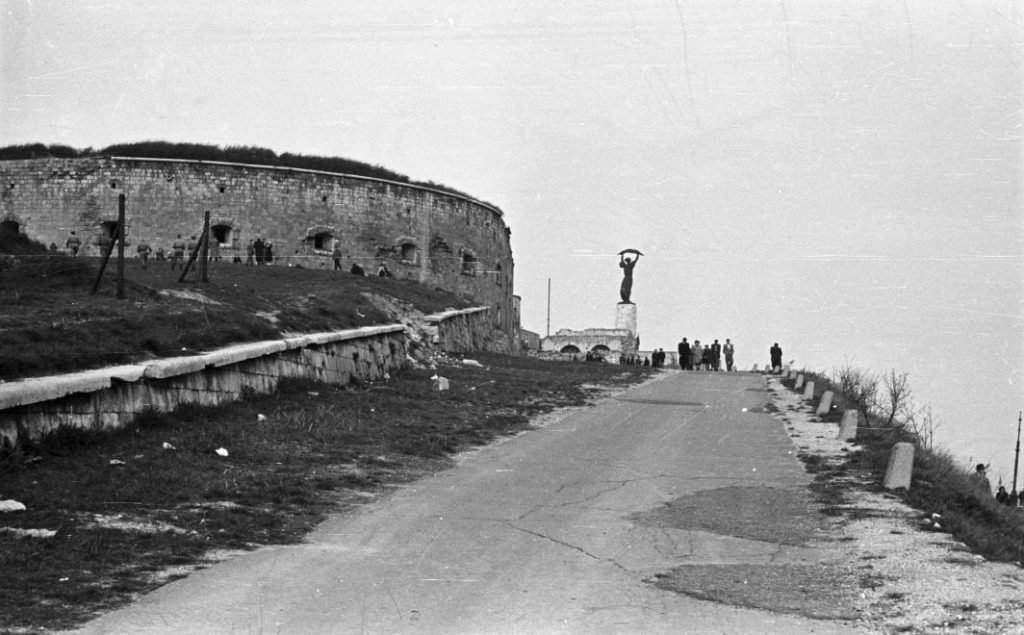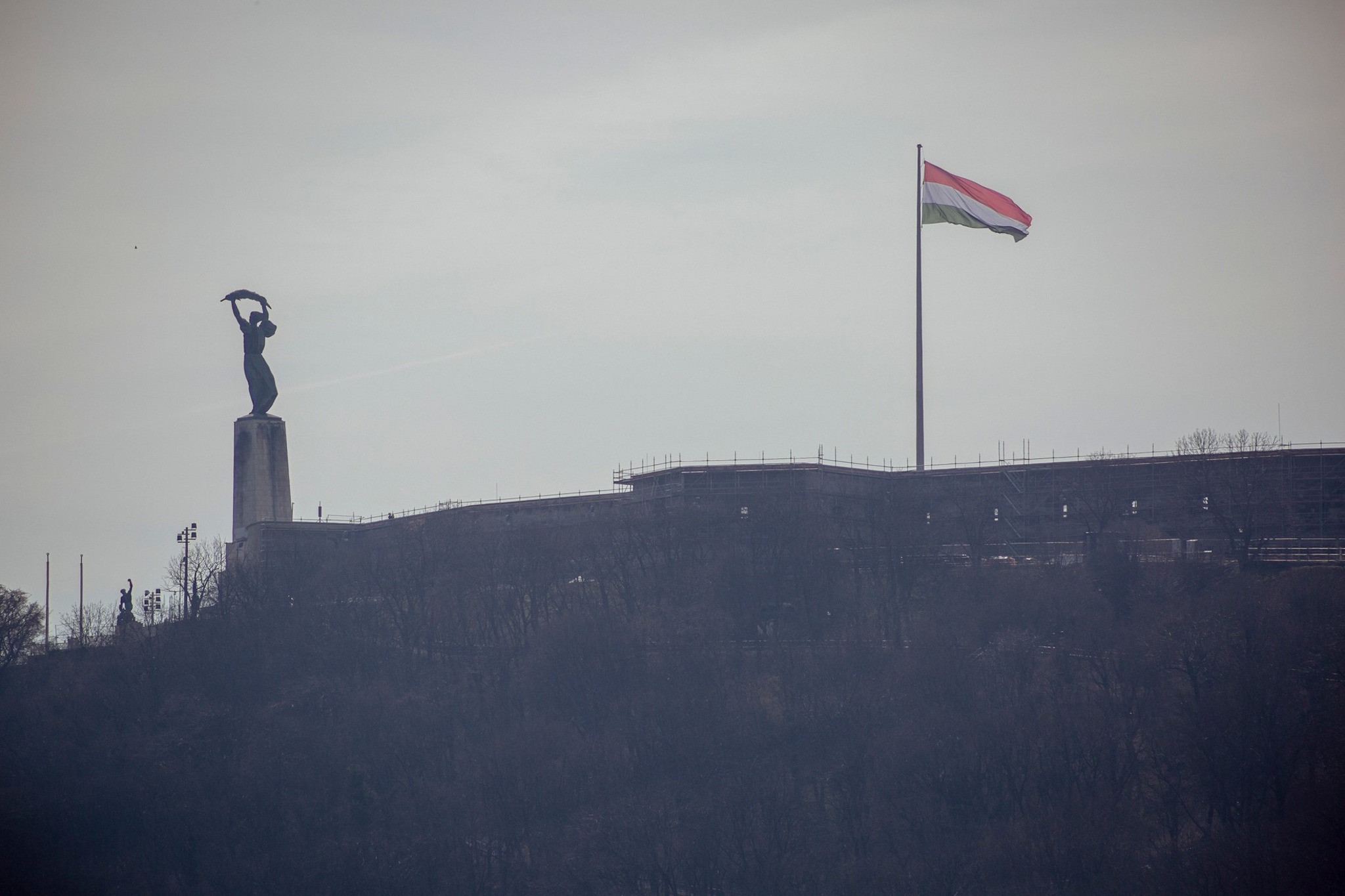Things you may not know about Budapest’s fortress, the Citadel

The Citadel built on Budapest’s Gellért Hill is probably one of the most famous and well-known landmarks of the Hungarian capital. Ruling Budapest from 235 metres above sea level, it is also a famous tourist spot where astonishing photos and videos can be taken. Below you can find some details even many Hungarians do not know about why and how it was built in the heart of Budapest.
According to pestbuda.hu, most tourists do not even believe that the Gellért hill is natural. Many think it was built by Hungarians to provide an excellent panorama of the nation’s astonishing capital. Even so, Gellért Hill is the gift of nature but it was not used for military aims for hundreds of years. The Citadel was only built in the 1850s on the top of the hill and it is now under renovation and development. The project’s aim is to create a place where both tourists and locals can enjoy the magnificent vistas, and drink a coffee or cocktail after climbing up the hill.
The word ‘citadel’ is of Italian origin, and it translates to a fortress built on the highest point of a city. Interestingly, this citadel was not built by the residents of Budapest. Instead, it is the creation of the Habsburg military which ruled over Hungary after the failed 1848-1849 war of independence. However, it is a common mistake to think that the citadel was built to subdue the rebels of Pest. Pestbuda.hu argues that such an idea would be pointless since there were two huge buildings in Pest to serve that purpose: the Maria Therese barracks and the New Building, where the first Hungarian prime minister responsible for the parliament, Lajos Batthány was executed in 1849.

The citadel was built as part of a fortification project concerning all parts of the Habsburg Empire. Emanuel Zitta designed the general plans that involved all hills around Budapest and aimed to create a chain of forts around Budapest. However, Vienna thought these would be too close to Castle Hill and in case of foreign occupation they would serve well to destroy everything around them. Therefore, only one citadel was built, the one on Gellért Hill.
Since the Danube river provided a natural obstacle, the Citadel was built to protect the city from an attack coming from the west. That is why the military engineers fortified the western part of the fortress with a massive cannon tower. Furthermore, they created a flat terrain in front of the tower making the enemy vulnerable to possible cannon fire.
First, they preserved the observatory built on the east side of the fortress. However, in 1871, they tore this symbolic building.
It is also an urban legend that Hungarian Ferenc Kasselik made the final plans and supervised the execution of the project.

The Citadel is a long fortress ending in a D-shape western cannon tower. The eastern end is a semicircular bastion. There were barracks and ammunition stores inside, while the officers lived in the D-shape tower. Moreover, there is a cistern in the building to help defenders resist extended enemy attacks. Two additional bastions were built on the Danube and the southwestern side of the Citadel. They allowed the defenders to attack those who managed to get close to the walls.
Interestingly, the citadel was never used because nobody ever wanted to lay siege against it. Romanian soldiers occupied Budapest without serious resistance in 1919. In 1944-45, the Citadel could not stop the Soviet Red Army. In 1897, the leadership of Budapest wanted to demolish the building, but they calculated that the project would cost a fortune.
Today it is being renewed to create a place where both tourists and locals can enjoy the Budapest panorama. There will be promenades, a small lake, a café and even an exhibition showing the freedom fights of the Hungarians. Furthermore, on 15 March this year, the largest Hungarian flag was placed in the yard of the Citadel. It commemorates the heroes who fought for Hungarian freedom.

Source: pestbuda.hu





